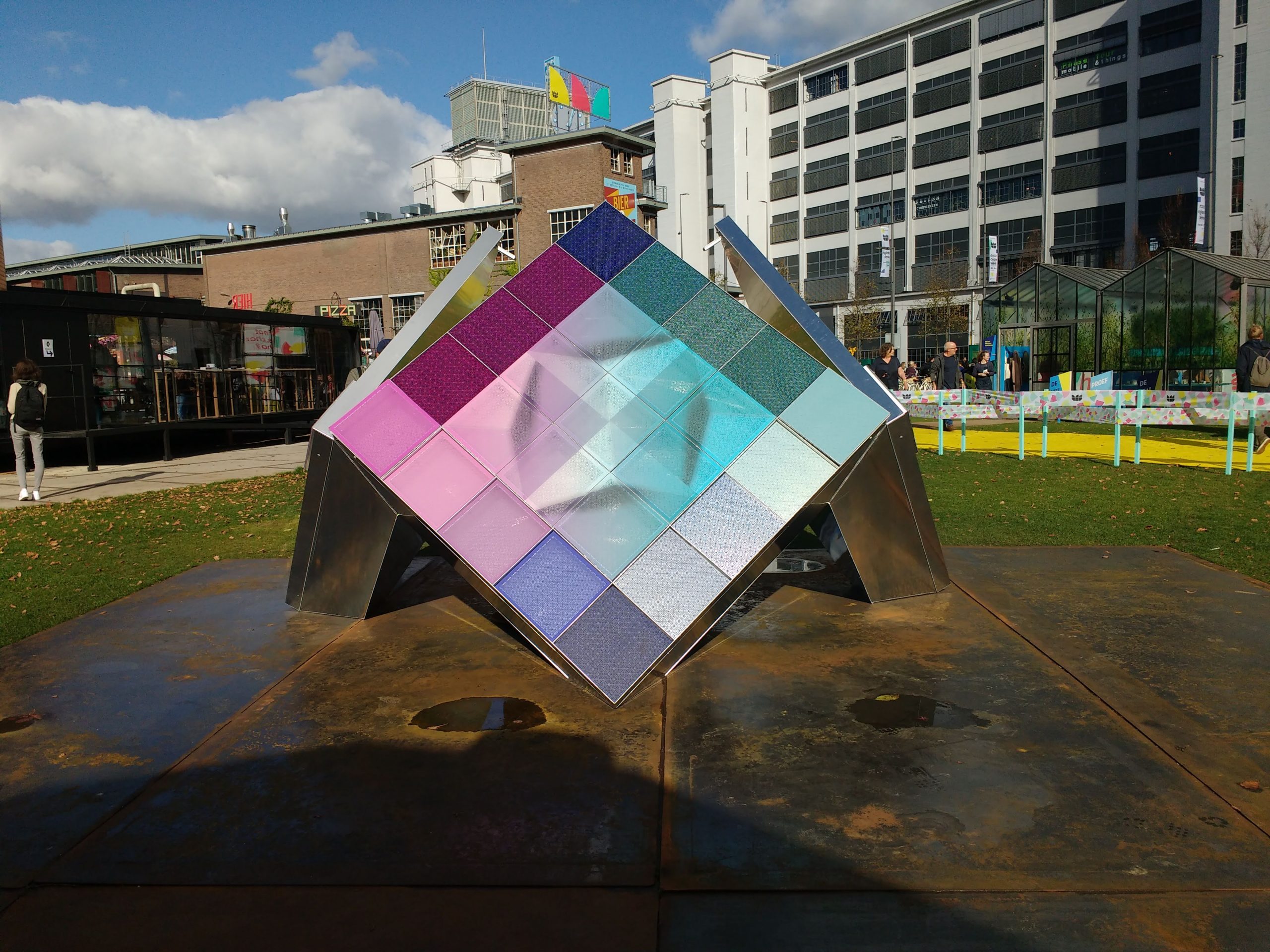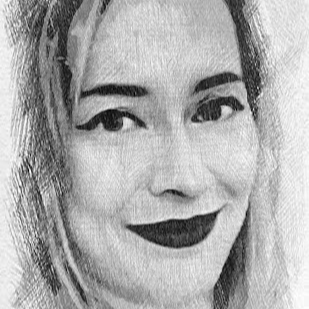
Solar panels are already integrated into our buildings, and in time their role in the creation of energy-neutral sustainable built environment becomes more and more important. But when it comes to the design of the solar panels, not much can be done – the surface of the solar cells should always be kept original black or blue and completely bare for the maximal performance thus limiting the creativity of architectural designers and making public places looking monotonous and not aesthetically pleasing. “Aesthetics is not a frivolous thing”, says Lianne Polinder, designer at Design Innovation Group. “The façade surfaces in the built environments have enormous potential for sustainable energy, but right now architects don’t use it because there are no solar panel products which they find appealing. If you want to make an impact on your project you need to create a good design – one that is nice to look at. That’s why we believe it is necessary to have aesthetic solar panel solutions for the façade.” To create more appealing designs of solar panels, TNO, UNStudio, Design Innovation Group and other companies formed a consortium in 2017 called Dutch Solar Design and developed a technique allowing to integrate a full colour, durable print into a panel with solar cells.
During Dutch Design Week 2018 one can see solar panels produced by Solar Visuals with the usage of the innovative printing technique. These solar panels are covered with beautiful multicoloured patterns which are mostly an optical illusion: dots that make up the patterns ‘blend’ together in the human eye and give an impression of a fully covered surface, whereas most of it is actually bare. All dots on the solar panel designs are placed in a special way: they cover only 30 % of the surface while maintaining an 80% yield of energy. The technology behind it involves a special algorithm that negotiates the optimum between the energy yield and the desired visual appearance of each design.
A great deal of research has been involved in the development of Dutch Solar Design project. “We interviewed 32 parties, and all of the top architects told us that they would love to have a product that looks appealing and that generates energy, because they face problems with this every time, especially with the high-rise buildings. The climate is changing, and you need to fulfil certain requirements for the building regulations, which are getting stricter and stricter,” tells us Lianne Polinder. “We also interviewed housing corporations, local governments and high schools, because we wanted our products to meet all of the requirements and to be well-received.”
In addition to the solar panel designs, Solar Visuals offer the same-looking tiles but without solar cells. Why? Designer Lianne Polinder explains it: “When you design a building you want the same aesthetics around it but in the Netherlands, on the southern façade there is too little sun, so it may not be worth installing solar panels there at all. Architects want a similar product with the similar aesthetics on all of the facades to keep the building in one style – and this is also something that we offer. And it is based on user-research because – we did not think about that ourselves.”
The solar panels designs will soon be used in the construction of an actual building the location of which is still not known. “At the moment we have a short list of pilots, and we are deciding which one to choose for our solar panels,” says Lianne Polinder.


